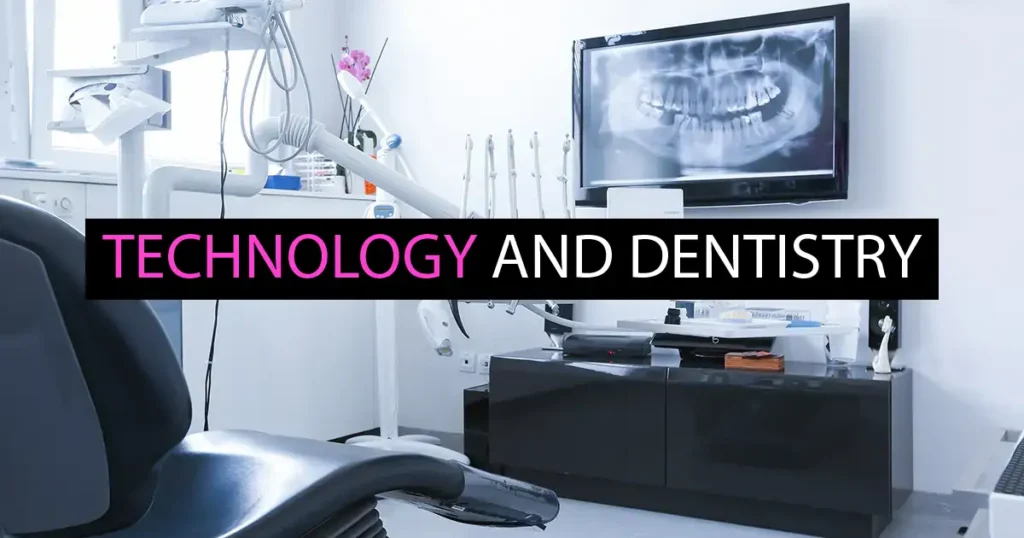How Technology Is Revolutionizing Modern Dentistry in Forked River
Home /

The field of dentistry has come a long way in recent years, thanks to advancements in technology. These innovations have not only improved the patient experience but also enhanced the precision, efficiency, and outcomes of dental treatments. In this article, we will explore the significant impact of technology on modern dentistry and how it is transforming the way we care for our smiles.
8 Ways Technology Is Changing Dentistry
1. Digital Imaging and Radiography:
Traditional X-rays have given way to digital radiography, offering numerous benefits. Digital images are produced instantly, reducing radiation exposure, and allowing dentists to view high-resolution images that can be enhanced and manipulated for a more accurate diagnosis. Cone-beam computed tomography (CBCT) provides 3D images for better assessment and treatment planning.
2. Intraoral Scanners and 3D Printing:
Intraoral scanners have replaced the uncomfortable process of taking physical impressions. These devices create digital 3D models of a patient’s teeth, which can be used for various applications, including the creation of custom restorations. 3D printing technology allows for the fabrication of crowns, bridges, dentures, and even orthodontic devices with precision and efficiency.
3. Laser Dentistry:
Lasers have revolutionized several dental procedures. They are used for painless and efficient soft tissue surgeries, cavity removal, gum disease treatment, and teeth whitening. Laser dentistry offers improved precision and minimizes discomfort during and after procedures.
4. Teledentistry and Digital Records:
The digital age has brought about teledentistry, enabling patients to consult with dentists remotely. Dentists can review images and records electronically, making it easier to track patients’ oral health and provide timely advice and treatment recommendations.
5. CAD/CAM Technology:
Computer-aided design and computer-aided manufacturing (CAD/CAM) have transformed restorative dentistry. Dentists can design and produce crowns, veneers, and other restorations chairside, reducing the time patients spend in the dental chair and the need for multiple appointments.
6. Dental Implants and Guided Surgery:
Computer-guided implant placement has made dental implant procedures more precise and predictable. 3D imaging and computer-guided surgery allow for optimal implant placement, resulting in better outcomes and shorter recovery times. Our Forked River dental implants specialist is always available to consult.
7. AI and Digital Diagnostic Tools:
Artificial intelligence (AI) is being used in dental diagnostics to analyze patient records, X-rays, and other data to assist in diagnosing conditions like cavities and gum disease. AI-driven tools can help dentists make more accurate and timely diagnoses.
8. Patient Engagement and Education:
Technology has improved patient engagement and education through interactive tools and multimedia resources. Dentists can use digital platforms to explain procedures, treatment options, and oral hygiene practices more effectively, leading to better patient understanding and compliance.
Final Thoughts on Tech’s Influence on Dentistry
Technology is revolutionizing modern dentistry in remarkable ways, enhancing patient care, and improving treatment outcomes. These advancements are making dental procedures more comfortable, efficient, and effective while enabling dentists to provide higher-quality care. As technology continues to evolve, the future of dentistry looks promising, with even more innovations on the horizon to benefit both dental professionals and patients alike. Embracing these technological advances allows us to keep our smiles healthy and vibrant in an ever-changing digital world.
